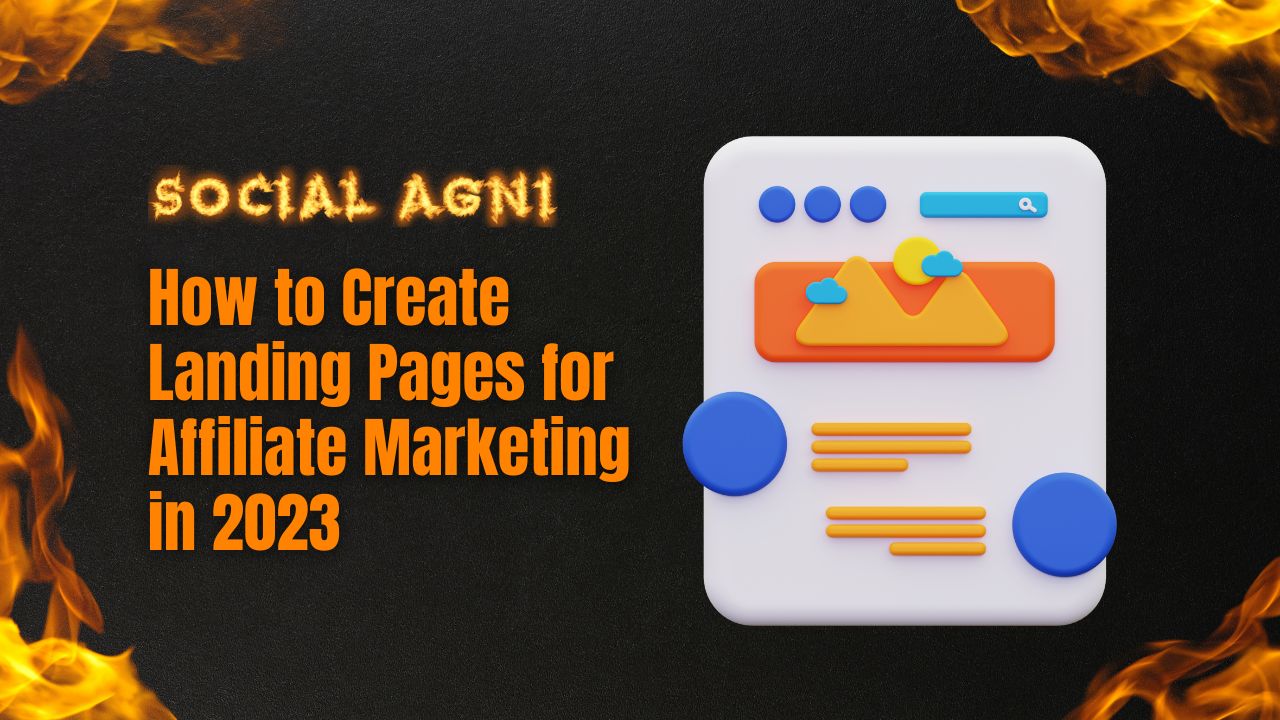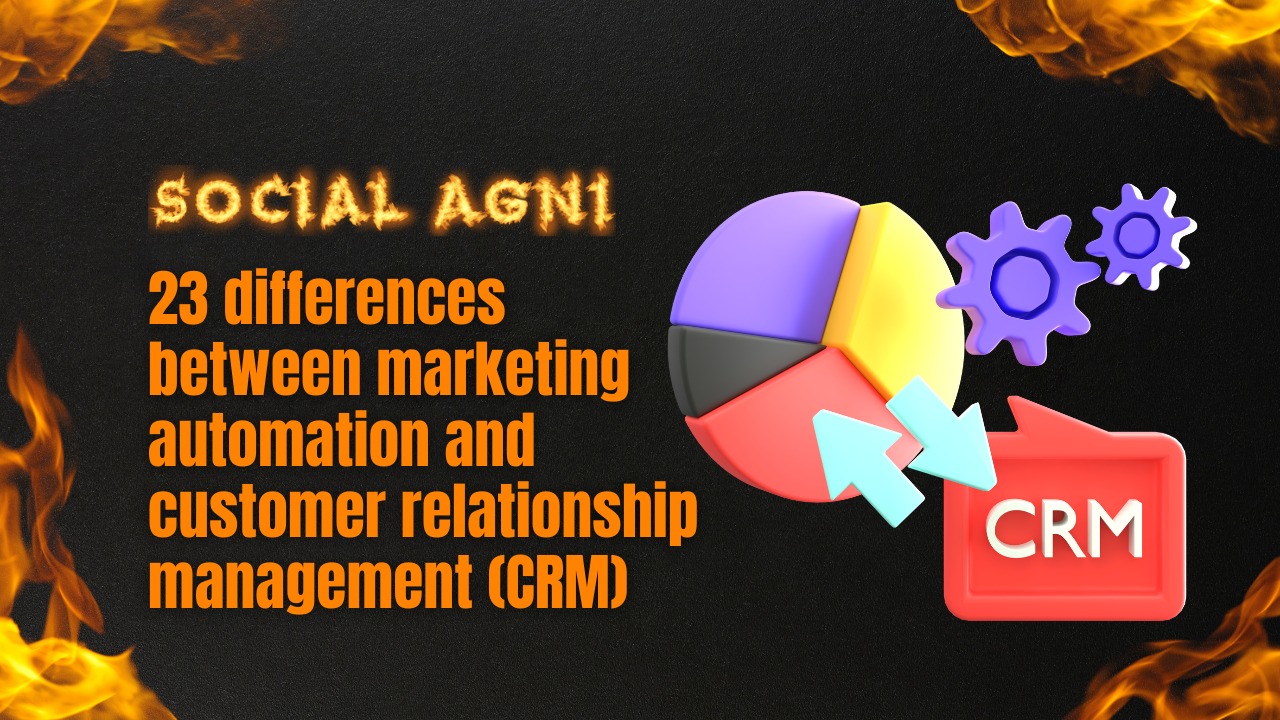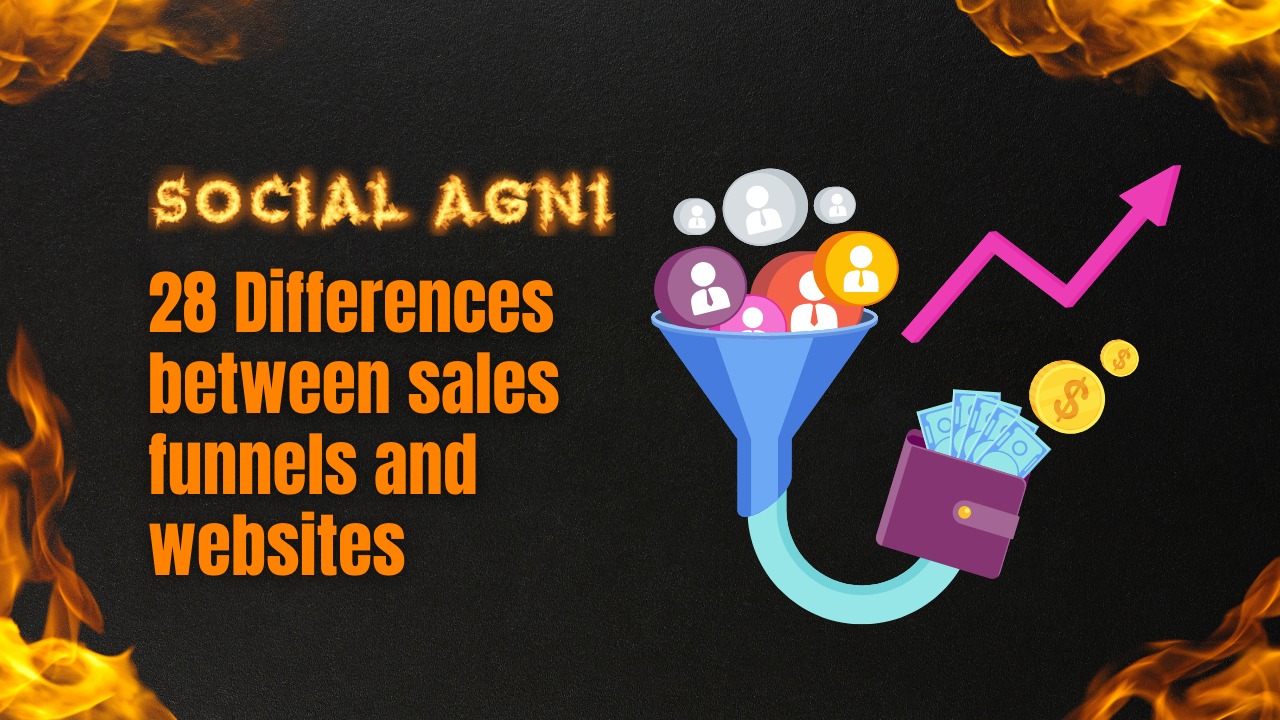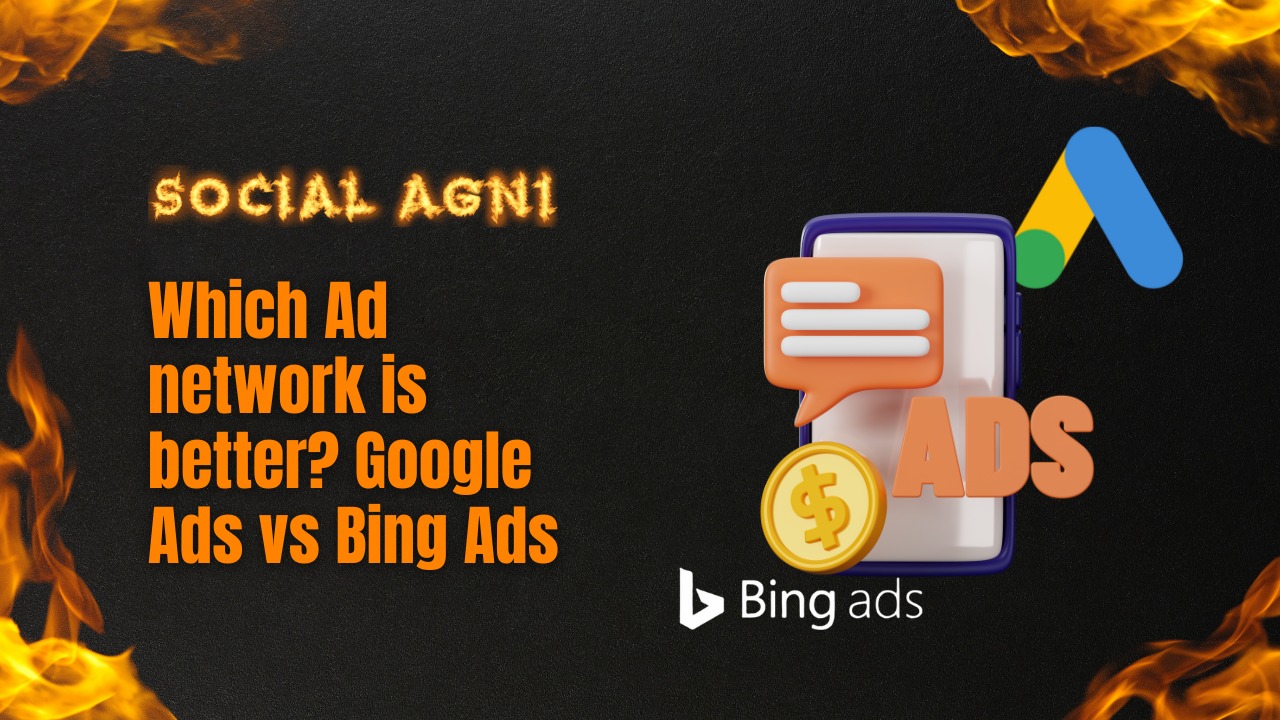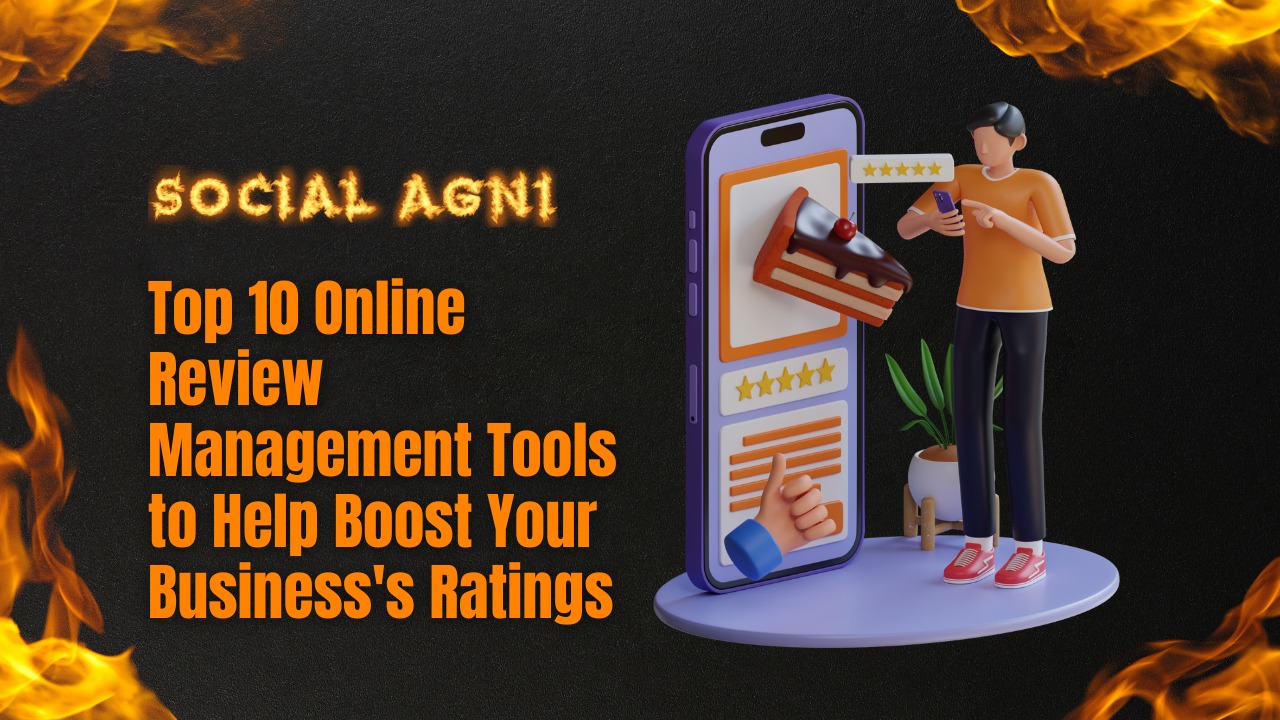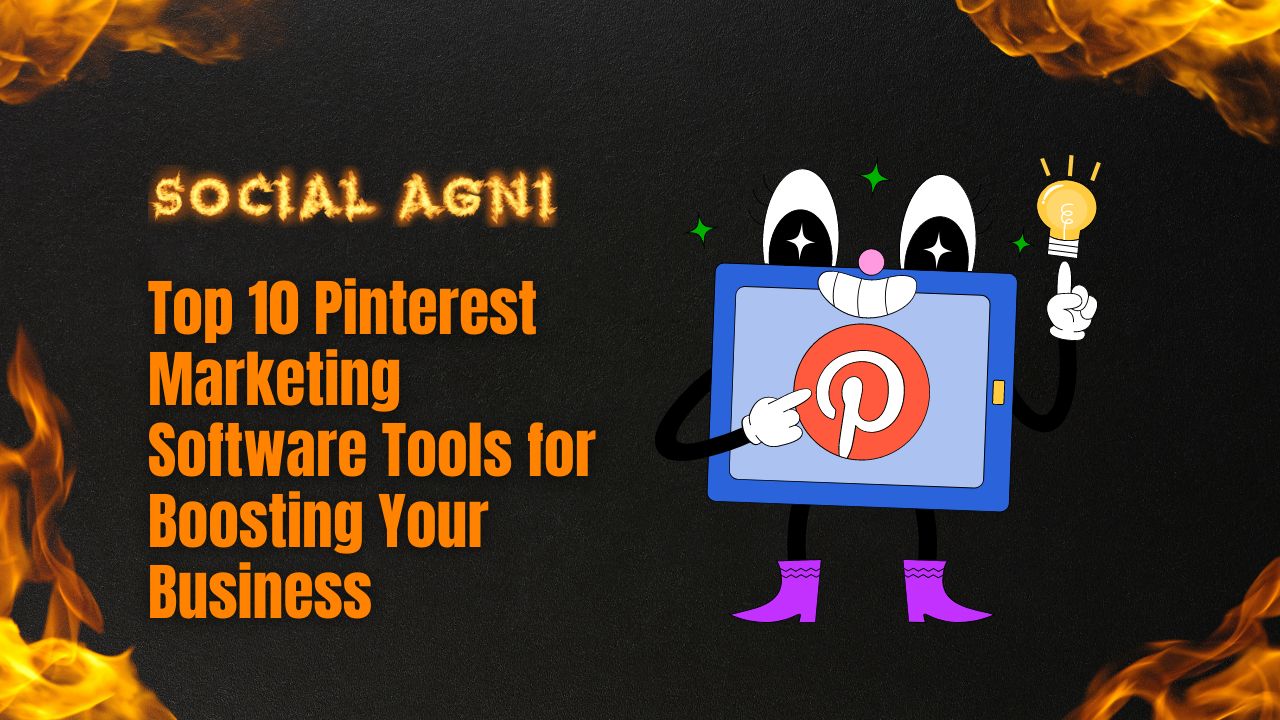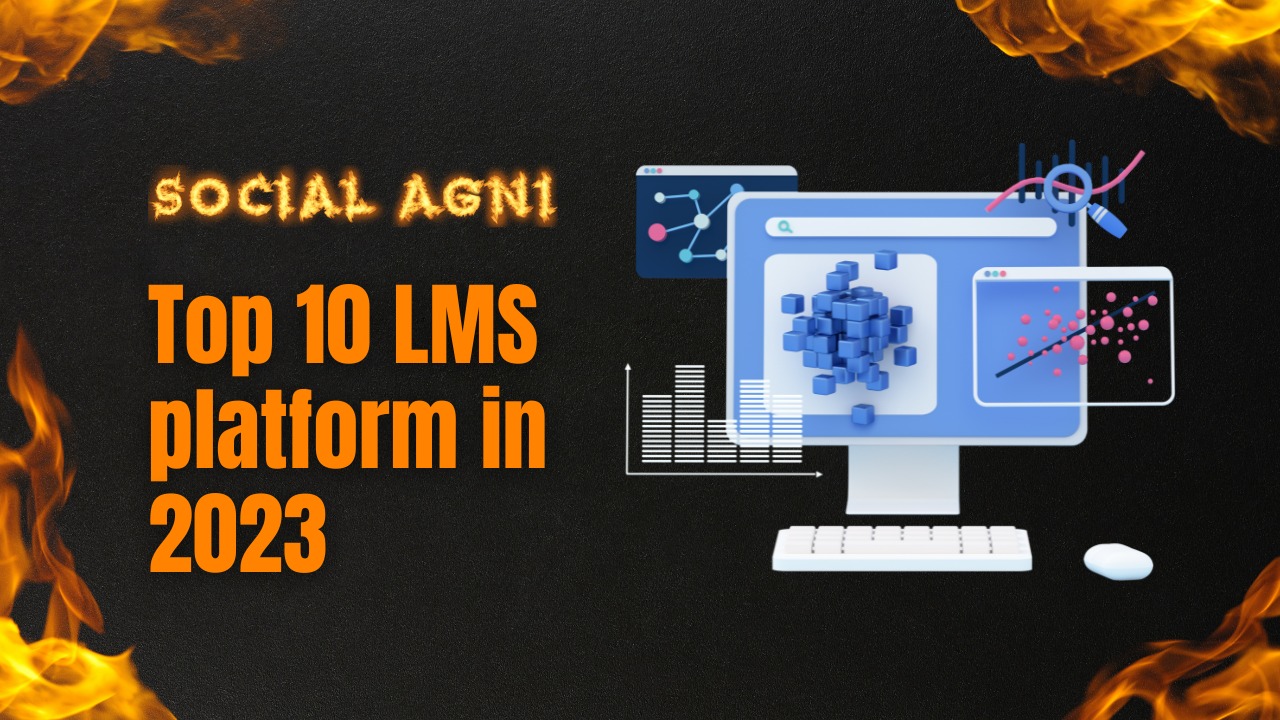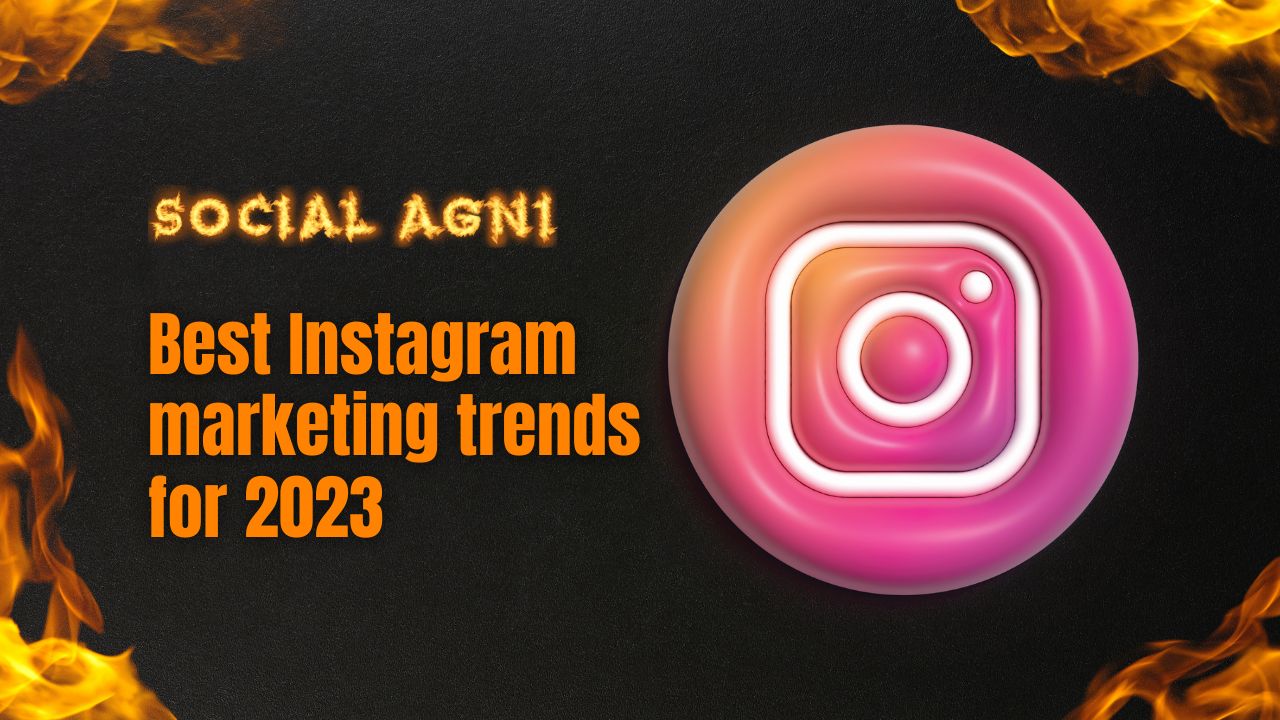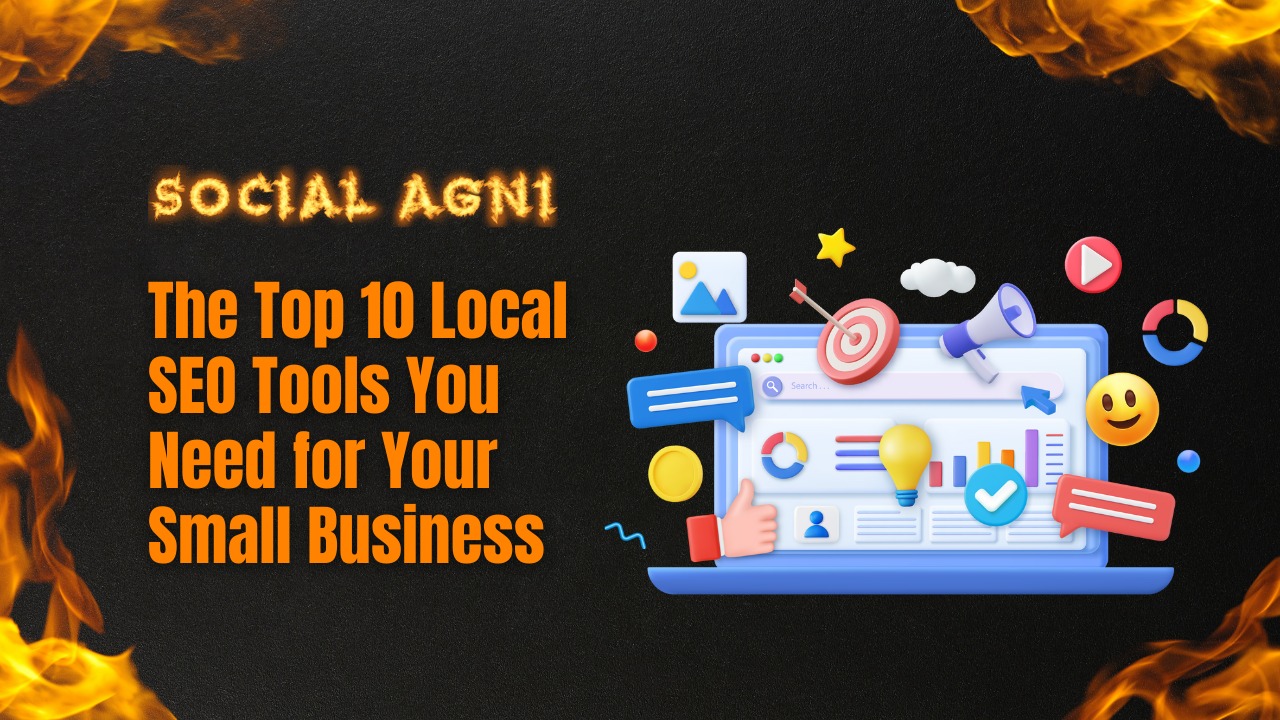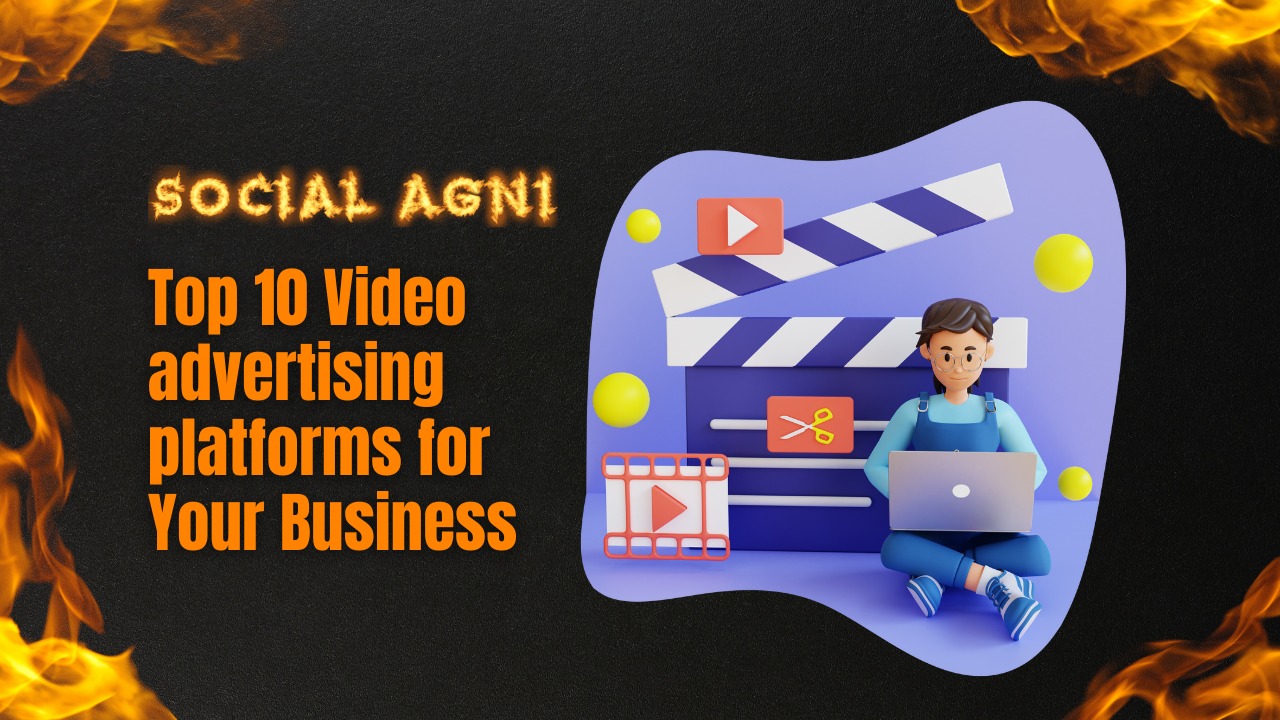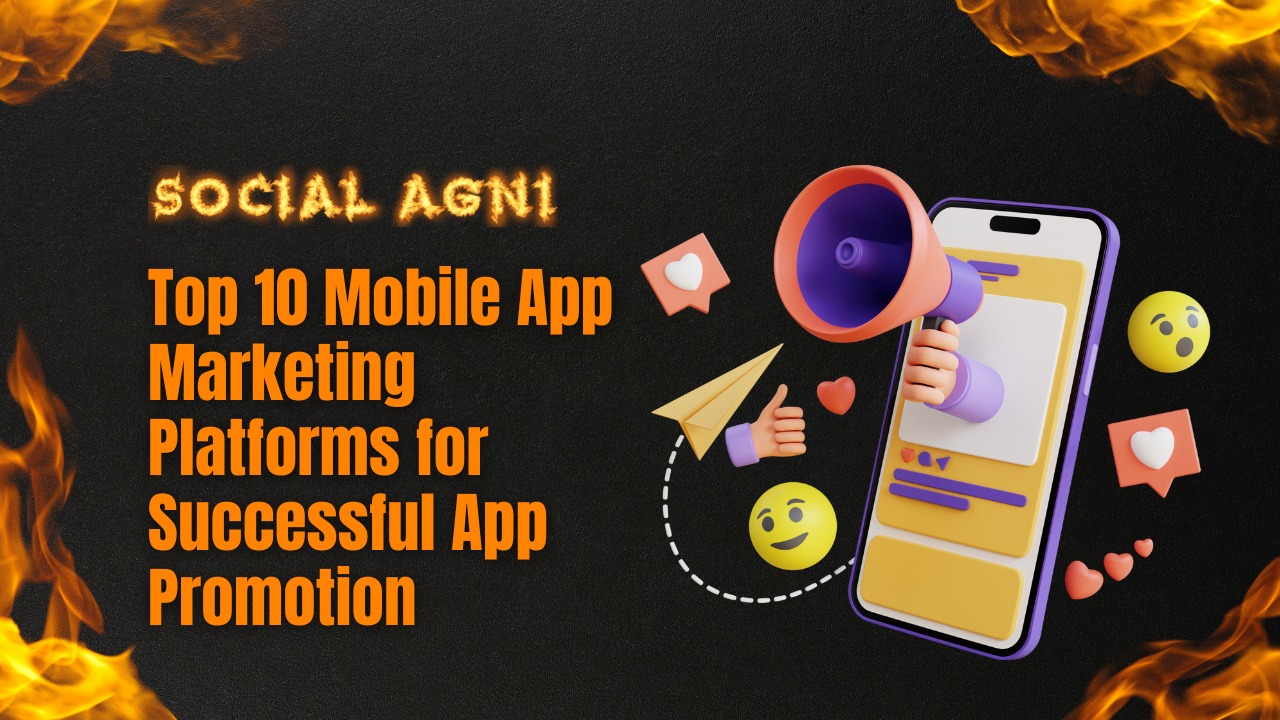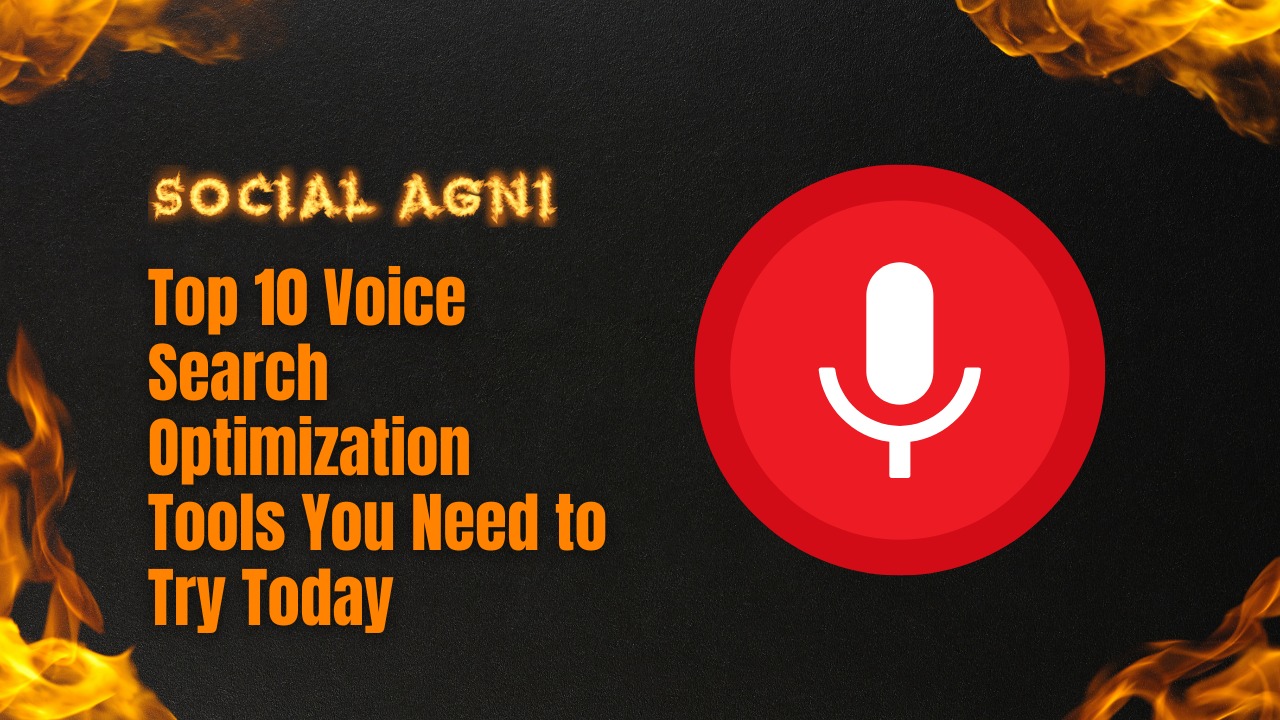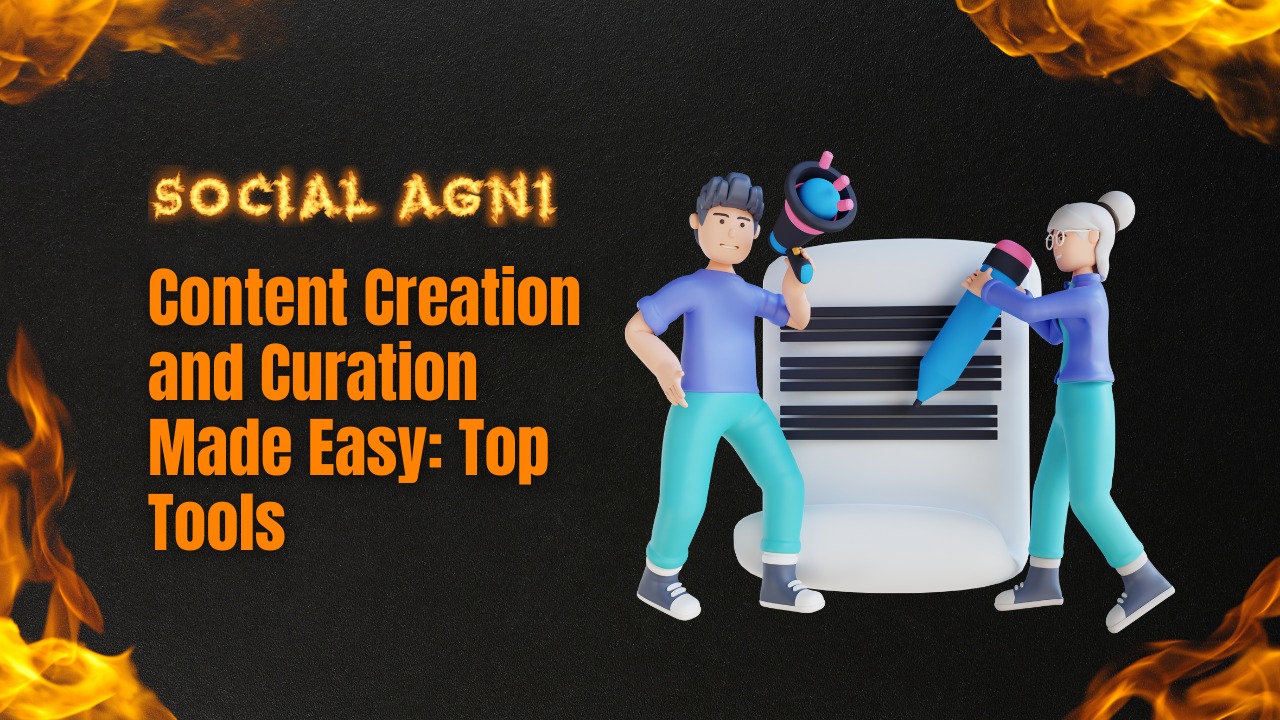Affiliate marketing success depends on landing pages. Affiliate marketers need high-converting landing pages in 2023 to stay ahead. This comprehensive article covers the 2023 affiliate marketing landing page design. Start with affiliate marketing landing pages. Landing pages introduce customers to products and services. They streamline the user experience and bring customers to one offer or CTA, increasing conversion rates. Landing pages help affiliate marketers communicate their products’ USPs and motivate buyers.
Affiliate landing pages are beneficial. These pages allow marketers to tailor their messaging and design to their target audience’s pain points. Personalizing and engaging prospects may boost conversion rates. Landing pages disclose user behavior and campaign efficacy, helping marketers improve. 2023 affiliate marketers must study their target market to create effective landing pages. Understanding their audience’s needs wants, and pain areas help marketers generate compelling content and design. Marketers may find best practices, unique value propositions, and market gaps by analyzing competitors’ landing pages.
Landing page optimization needs keyword research. Landing page keywords may improve search engine rankings, organic traffic, and conversions. Landing page content should match keywords to attract the right audience and produce quality leads. Affiliate marketers must prioritize landing page design and structure. A layout and format that fits marketing goals and target audience preferences can improve user experience. Pictures and visuals may help visitors generate a strong first impression.
Marketers must consider landing page loading speed in 2023. People want quick-loading landing pages. Slow pages annoy visitors and harm SEO. Image optimization, code minification, and CDNs accelerate page loads for marketers. Writing conversion-boosting landing page content is next. Headlines can attract customers. The landing page should highlight the affiliate product’s benefits and features to attract buyers. Strategically positioning CTAs on the website will persuade visitors to buy, subscribe, or download.
SEO optimized landing pages and search engine rankings. Marketers add keywords to landing page URLs, meta tags, and headers.
1. Understanding the Role of Landing Pages in Affiliate Marketing
Landing pages power effective affiliate marketing operations. Landing pages must be understood in the affiliate marketing ecosystem to be completely utilized. This section defines landing pages, their purpose, and their benefits to affiliate marketers.
A. Landing Pages: Definition and Use
Landing pages, often called destination pages or lead capture pages, are separate web pages meant to convert visitors. Landing pages are designed to direct visitors to a specific call-to-action (CTA). Landing pages help convert visitors into buyers, subscribers, or downloaders.
Landing pages connect affiliate marketers to their target audiences. They help advertisers to send a targeted message, demonstrate the product or service’s value, and urge visitors to take action.
B. Affiliate Marketers’ Landing Page Advantages
Increased Conversion Rates: Landing pages are optimized to turn visitors into customers or leads. Landing pages outperform conventional website pages by offering a clear message, reducing distractions, and bringing readers to a compelling CTA.
Enhanced User Experience: Landing pages improve user experience. They reduce clutter, simplify navigation, and provide visitors with the information they need to decide. Landing pages improve customer happiness and engagement by providing a smooth, straightforward experience.
Targeted Messaging and Personalization: Landing pages allow affiliate marketers to customize their messaging to their target audience’s interests, preferences, and pain areas. Marketers can engage with people, resonate emotionally, and drive conversions by tailoring content to their requirements.
Data and Insights: Landing pages provide exact campaign tracking and assessment. Marketers may utilize analytics solutions to track user activity, conversion rates, bounce rates, and other metrics. These insights optimize landing page performance.
Increased Relevance and Ad Quality Score: Advertising systems give landing pages with relevant content better quality scores. This improves ad placement, visibility, and advertising costs for affiliate marketers.
Affiliate marketing efforts start with landing pages. Affiliate marketers may boost their promotions, attract targeted visitors, and meet conversion targets by using them. We will discuss target market research for landing pages in the following part to help marketers design engaging content.
2. Conducting Target Market Research for Landing Pages
Affiliate marketing landing pages require detailed target market analysis. Understanding your target audience, their goals, preferences, and pain points can help you develop landing pages that convert. This section covers target market research and examining rivals’ landing pages to acquire an edge.
A. Determining Your Audience’s Needs
Demographic Analysis: Determine your target audience’s age, gender, geography, income, and interests. This information will help you customize your landing page.
Psychographic Analysis: Understand your audience’s motives, values, beliefs, and goals. Understanding their emotional triggers and desires can help you create engaging communications.
Pain Points and Challenges: Determine what your affiliate product or service can address for your target audience. This lets you showcase your offering’s benefits and solutions, making it a valued solution.
B. Examining Competitors’ Landing Pages and Strategies
Competitors: Find your top affiliate marketing competitors. Find those marketing comparable items or targeting a similar audience.
Landing Page Analysis: Analyze your rivals’ landing pages to learn their strategies, design, content, and CTAs. Note their strengths, shortcomings, unique value propositions, and holes you may exploit.
User Experience Analysis: Assess rivals’ landing pages. Consider information flow, navigation, load times, and design aesthetics. Improve your landing page user experience.
C. Keyword Research for Landing Page Optimization
Keyword Research: Find relevant, high-intent affiliate keywords. Find high-volume, low-competition keywords utilizing Google Keyword Planner, SEMrush, or Ahrefs.
Keyword Integration: Strategically integrate keywords into landing page content. Optimize page names, headers, meta tags, and body text for SEO and organic traffic.
Long-tail Keywords: Target particular user intent or inquiries. These keywords have reduced competition and greater conversion rates. Create content that answers long-tail inquiries and informs people.
By researching your target market, competition, and keywords, you can build landing pages that meet your audience’s demands. We will learn how to develop high-converting landing pages in the following part.
3. Designing High-Converting Landing Pages
Affiliate landing pages depend on design. A beautiful, user-friendly design may attract visitors, improve their experience, and boost conversions. This section discusses landing page design best practices.
A. Selecting a Good Landing Page Format
Single Column Layout: Try a single-column landing page layout. This minimal design helps users assimilate the content and focus on the page’s important aspects.
Clear Hierarchy: Use headers, subheadings, and font sizes to lead visitors through your landing page. The headline, value proposition, and CTA should be visible.
Above-the-Fold Content: Put the title, main advantages, and CTA above the fold. This helps people comprehend your offer without scrolling.
B. Using Eye-Catching Design Elements
Visual Imagery: Use high-quality, relevant photos or videos for your affiliate product or service. Visuals may trigger emotions, explain product benefits, and make the landing page more interesting.
Color Psychology: Pick a palette that matches your brand and evokes the desired feelings. To attract clicks, use contrasting colors for buttons and CTAs.
White Space: Give landing page components enough white space to avoid clutter. Whitespace helps reading, attentiveness, and professionalism.
C. Landing Page Speed Optimization for User Experience
Image Optimization: Compress and optimize photos to minimize file size without affecting quality. Large images impede page loading.
Minifying Code: Minify HTML, CSS, and JavaScript files to remove extra characters, spaces, and comments. This minimizes file sizes and speeds up page loading.
Content Delivery Networks (CDNs): Use CDNs to distribute landing page content across various servers worldwide. This reduces latency and speeds up loading by letting people access your landing page from a nearby server.
You may construct a landing page that attracts visitors’ attention and directs them to conversion by carefully evaluating the landing page structure, incorporating visually attractive design elements, and optimizing loading speed. We’ll discuss how to write compelling landing page content in the following part to engage and persuade your target audience.
4. Crafting Engaging and Persuasive Landing Page Content
Your landing page content captures visitors’ attention, conveys your message, and inspires action. This section covers landing page content writing methodologies.
A. Catchy Headlines
Clear and concise: Write a title that conveys your affiliate product’s worth. Use powerful, attention-grabbing language to engage visitors from the start.
Benefit-oriented: Highlight your offer’s main benefits or answers to visitors’ problems. Show how your product or service may help them.
Use Urgency and Scarcity: Use urgency or scarcity in your headline to encourage rapid action. “Limited Time Offer” and “Exclusive Deal” might create FOMO and boost conversions.
B. Writing Benefit-Driven Copy
Know Your Audience: Understand their wants, desires, and pain areas. Write text that speaks to them and shows how your service meets their needs.
Focus on advantages, not Features: Instead of emphasizing your affiliate product’s features, stress its advantages. Explain how it can help them, simplify their life, or improve their experiences.
Use Social Proof: Testimonials, reviews, and case studies generate trust. Visitors might be persuaded by client testimonials.
C. Encouraging Conversions with Persuasive CTAs
Clear and Actionable: Your CTA should state the desired action. Use “Buy Now,” “Sign Up,” or “Download” to make it enticing and actionable.
Create Urgency: Inspire urgent action with your CTA. “Act Now” and “Limited Spots Available” can increase conversions.
Visual Design: Make your landing page CTA visible. To draw attention, use contrasting colors, bigger fonts, or button styles.
D. Optimizing Copy Length and Format
Scannable: Write concisely. To simplify reading, use bullet points, subheadings, and short paragraphs.
Highlight Key Information: Bold or italicize key information like advantages, distinctive selling points, and special deals.
A/B Testing: Test text, headlines, and CTAs. Analyze performance indicators to identify which content components convert best with your target demographic.
Understanding your audience, their requirements, and their persuasion strategies is essential to writing compelling landing page content. Headlines, perks, and CTAs may boost visitor engagement and conversion rates. Next, we’ll cover SEO tactics to optimize landing pages and boost search engine ranks.
5. Implementing Effective SEO Strategies for Landing Pages
SEO boosts landing page visibility and organic traffic. Effective SEO may boost your landing page’s SERP ranks and attract relevant, high-intent visitors. We’ll discuss SEO strategies to improve landing page visibility in this part.
A. Keyword Optimization
Keyword Research: Find high-volume, low-competition keywords. Use long-tail keywords that match your affiliate product and user intent.
Keyword Placement: Place keywords strategically in your landing page’s title tag, headers, meta description, URL, and body content. Maintain readability and user experience by placing keywords naturally.
Unique and Valuable Content: Write keyword-relevant content. Write compelling content that meets your audience’s requirements and interests while organically adding keywords.
B. On-Page Optimization
Meta Tags: Write keyword-rich landing page meta titles and descriptions. These features summarize your page’s content and affect search engine click-through rates.
URL Structure: Use relevant keywords in descriptive, succinct, and easy-to-read landing page URLs. Avoid lengthy, confusing URLs.
Heading Tags: Use heading tags (H1, H2, etc.) to organize and emphasize landing page content. Use keywords in headers to show search engines your page’s content structure.
C. Mobile Design
Responsive Design: Make your landing pages mobile-friendly. Search engines favor mobile-friendly websites as mobile usage rises. To guarantee a smooth experience, test your landing pages on many devices.
Page Speed Optimization: Minimize file sizes, use browser caching, and optimize pictures to speed up mobile landing pages. Page speed improves user experience and SEO.
D. Linking and Backlinking
Internal linking: Link relevant sites on your website in your landing page text. Search engines analyze website structure and link equity through internal links.
Backlink Building: Get high-quality backlinks from trustworthy and relevant websites to boost your landing page’s authority and SEO. Contact industry influencers, guest post on respected websites, or develop intriguing content that organically generates backlinks.
E.Performance Monitoring
Implement Analytics: Install Google Analytics to track and evaluate landing page performance. Track organic traffic, bounce rates, conversion rates, and keyword rankings
Continuous Optimization: Review performance statistics and optimize landing pages using data. Variations, effect, and SEO strategy refinement.
SEO may boost landing page visibility and organic visitors. Keyword research, on-page optimization, mobile-friendly design, link building, and performance tracking may boost your landing page’s ranks and attract targeted visitors. Next, we’ll discuss split testing and landing page optimization for maximum conversions.
6. Testing and Optimizing Landing Pages for Maximum Results
Optimizing and testing landing pages boosts conversions. Split testing and data-driven adjustments can increase landing page performance. This section discusses split testing and landing page optimization.
A. A/B Split Testing
Test Landing Page Variables: Choose headlines, graphics, CTAs, form positions, and color schemes to test. Focus on one variable to correctly quantify its influence.
Variations: Create many landing page variants with one variation. Test headline wording or CTA button colors. Make sure the variants are unique for relevant findings.
Setup and Duration: Use a trustworthy split testing tool to evenly divide traffic between versions. Run the test until a preset confidence level is attained to collect statistically meaningful results.
Analyze Results: Compare conversion, bounce, and engagement metrics for each variant. Based on the aim (e.g., greatest conversion rate) and statistical significance, choose the winning variation.
B. Landing Page Optimization
Headlines: See which headlines work best with your target demographic. To engage visitors, try new phrasing, value propositions, or emotional triggers.
Call-to-Action (CTA): Test CTA wording, color, size, and location. Make your CTAs appealing, visible, and aligned with your intended action.
Form Length and Placement: Test landing page form lengths and placements. Find the perfect balance between gathering data and minimizing visitor friction. See which form converts better: single-step vs multi-step.
Visual Elements: Test landing page photos, movies, and graphics. Use images that match your audience’s tastes and generate the necessary feelings. Determine which visuals engage visitors.
C. User Experience Optimization
Page Load Time: Reduce bounce rates and enhance the visitor experience by optimizing landing page load time. Compress pictures, minimize server response time, and use browser caching to speed up pages.
Landing page mobile responsiveness: Test and optimize. Make that the design, style, and functionality fit all screen sizes. Mobile-friendly pages boost conversions.
Navigation and Clarity: Assess your landing page’s navigation. Make sure visitors can locate what they need and understand what to do. Make navigating easy.
D. Continuous Optimization
Data-Driven Decision Making: Optimize using analytics and performance data. Analyze user behavior and critical metrics to make educated decisions.
Iterative Testing: Continuously test and optimize landing pages. Review performance, find areas for improvement, and do split tests to better your strategy.
Incremental Changes: Split test data should inform incremental landing page adjustments. Avoid sudden adjustments since it’s hard to determine their effects.
Split testing and landing page optimization can increase conversions. Optimize headlines, CTAs, form positions, aesthetic components, and user experience variables based on performance data. In the final section, we will review the important aspects and underline the significance of continually monitoring and optimizing landing pages for affiliate marketing success.
7. Mobile Optimization and Responsiveness for Landing Pages
Affiliate marketers need mobile-optimized landing pages in today’s mobile-centric society. Landing pages must be mobile-friendly and adaptable as more consumers access the internet via smartphones and tablets. This section discusses mobile SEO and how to create mobile-responsive landing pages.
A. Mobile User Experience Trends
- Internet traffic from mobile devices is likely to expand. Ignoring mobile SEO can hurt user experience and conversions.
- Mobile and desktop users have distinct expectations. They want speedy websites, simple navigation, and a smooth browsing experience. Bounce rates and conversions might increase if these expectations are not met.
B. Responsive Web Design
Design Principles: Use responsive web design to adjust landing pages to different screen sizes and devices. This optimizes desktop, mobile, and tablet viewing and interaction.
Fluid Grids and Flexible Layouts: Use fluid grids and flexible layouts to adapt page components appropriately to screen size. This displays material properly without horizontal scrolling.
Media Queries: Use CSS media queries to alter styles and layout based on device screen size. Media queries allow you to create landing pages for different devices.
C. Best Mobile Practices
Simplified Navigation: Use hamburger icons, collapsible menus, or drop-downs for mobile navigation. Make navigation simple so visitors can locate what they need.
Touch-Friendly Elements: Size and spacing buttons, links, and form fields for touch interactions. Avoid clustering interactive items to avoid inadvertent clicks.
Fast Page Load Speed: Mobile consumers demand rapid page loads. Compress pictures, reduce server queries, and use browser caching to speed up landing pages. This improves loading times and user experience.
Clear and Readable Content: Ensure readability on tiny displays. Use legible fonts, contrast, and line spacing. Headings and bullet points help readability.
D. Optimization
Device Testing: Test your landing pages on numerous mobile devices and screen sizes for consistent performance and aesthetics. Simulate devices with testing tools or emulators to find faults.
A/B Testing: Test alternative landing page variations for mobile users. Optimize mobile conversions by testing headlines, CTAs, form positions, and design aspects.
User Feedback: Survey or test mobile users. Learn their preferences, pain spots, and mobile experience improvements. Improve landing pages with this input.
Mobile SEO and adaptable landing pages may improve user experience and attract mobile users. Mobile affiliate marketing success depends on responsive design, touch optimization, fast page load speed, and comprehensive testing and optimization.
Conclusion
Finally, affiliate marketing landing pages demand careful preparation, strategic thought, and constant optimization. Following the steps and using the suggested tactics can boost landing page conversions. Affiliate marketing success starts with landing pages. Target market research lets you customize landing pages for your audience. High-converting design make landing pages attractive and user-friendly.
Engaging and convincing content attracts visitors and promotes affiliate products and services. SEO boosts landing page ranks and attracts appropriate organic visitors.
A/B testing and data analysis are crucial for landing page optimization. Over time, improving headlines, CTAs, forms, and user experience may boost conversion rates.
Finally, mobile optimization and responsiveness are vital in today’s mobile-dominated world. Optimizing landing pages for mobile devices promotes a smooth user experience and attracts mobile users, who make up a large amount of internet traffic. In 2023, affiliate marketing landing pages may be incredibly productive and conversion-focused if you follow these principles and monitor and optimize them. To stay ahead in affiliate marketing, monitor performance indicators, adjust to industry changes, and make data-driven decisions.
Frequently Asked Questions (FAQs)
1. Affiliate landing pages—what are they?
Affiliate landing pages are separate websites that advertise a product or service. It attracts visitors, informs them, and persuades them to buy or join up.
2. Affiliate marketing landing pages: why?
Landing pages are essential for affiliate marketing since they highlight the product’s benefits and characteristics. They boost conversions, targeted visitors, and affiliate marketers’ earnings.
3. How can I make an affiliate landing page?
Define your target demographic and do market research to design an efficient affiliate marketing landing page. Write interesting content with a clear call-to-action for a niche. tweak for search engines, make your landing page visually appealing, then test and tweak for optimum conversions.
4. My landing page needs what?
Your landing page should have a compelling headline, a clear value proposition, interesting content, persuasive testimonials or reviews, relevant photos or videos, a conspicuous call-to-action, and any required forms or opt-in alternatives. Keep it brief and straightforward.
5. How can I promote my landing page?
Your landing page may be promoted in numerous ways. To drive visitors to your landing page, use organic search engine optimization (SEO), targeted advertising, social media, content marketing, influencers, or email marketing.
6. Should I have numerous affiliate product landing pages?
Multiple affiliate product landing pages are helpful. You may personalize each landing page’s content and appearance to meet each product’s unique selling features. This focused strategy can boost conversions by personalizing visitor experiences.
7. How do I track landing page performance?
Google Analytics can measure landing page performance. Goal monitoring measures conversions, traffic sources, bounce rates, time on page, and other analytics. Data-driven efficiencies and improvements need regular data analysis.
8. Can I use one landing page for many affiliate programs?
Creating landing pages for each affiliate program is more successful than using the same one. This aligns content and design with each program’s specific services and target demographic, enhancing conversion rates.
9. Affiliate landing page mobile optimization: how important?
Affiliate landing pages must be mobile-optimized. Your landing pages must be mobile-friendly and adaptable as mobile usage rises. Mobile customers demand rapid load times, simple navigation, and smooth surfing. Mobile SEO helps prevent high bounce rates and lost conversions.
10. Video on my affiliate landing page?
Yes, landing page videos work. Visitors may interact and enjoy videos. They can display the affiliate product’s qualities and benefits, improving conversions. Make sure the videos are relevant, high-quality, and fast-loading.
